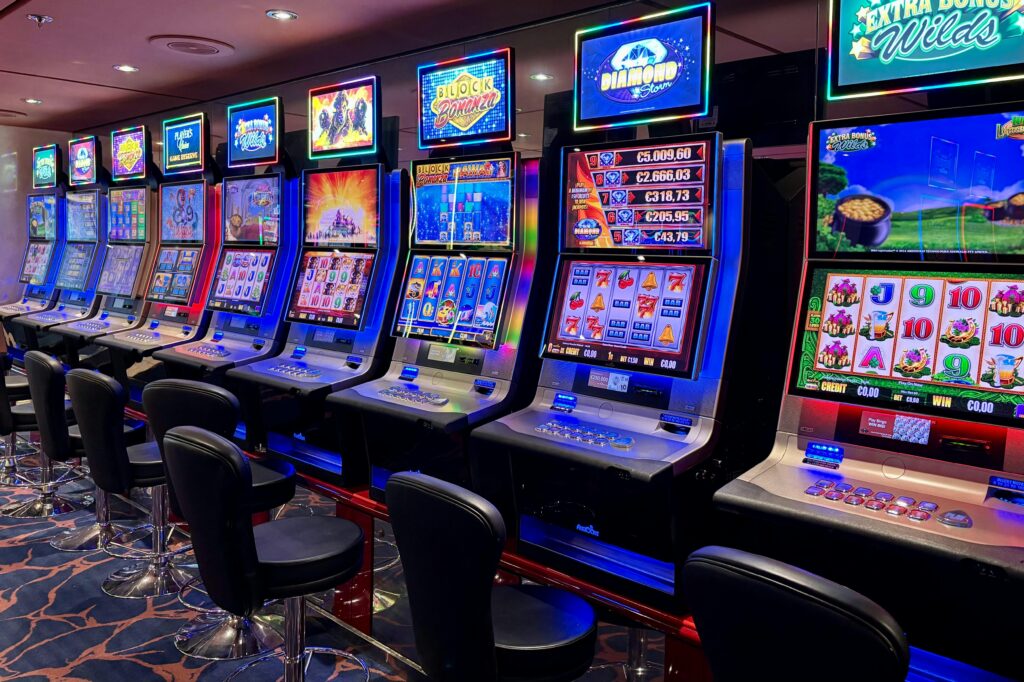Understanding NFTs
NFTs (Non-Fungible Tokens) are unique digital assets verified using blockchain technology. Unlike cryptocurrencies such as Bitcoin or Ethereum, which are interchangeable, NFTs have distinct identifiers that make each one unique. This uniqueness allows ownership of digital items like art, music, and virtual real estate.
Blockchain technology records NFT transactions and ownership. Each NFT resides on a specific blockchain, commonly Ethereum, ensuring transparency and security. The blockchain ledger provides proof of authenticity and ownership, reducing the risk of fraud.
The rarity of an NFT increases its value. Limited editions and one-of-a-kind pieces often fetch higher prices. Digital artists and creators release these rare items, making them highly sought after in the market.
Utility adds another layer of value to NFTs. Some NFTs offer access to exclusive content or virtual events, enhancing their appeal. For instance, owning a specific NFT might grant entry to an online community or special perks within a game.
Popularity can also influence NFT value. Assets endorsed or created by celebrities usually gain significant attention. However, it’s crucial to assess the long-term appeal rather than just the hype.
Technological compatibility plays a role in NFT valuation. NFTs compatible with multiple platforms and applications typically have higher demand. Interoperable NFTs can be used across various virtual environments, adding to their utility.
To evaluate an NFT’s potential value, examining its history is essential. Information on previous owners, sales, and price trends provides insights into the asset’s market behavior. Blockchain explorers like Etherscan offer tools to check an NFT’s transaction history.
By understanding these core aspects, you can make informed decisions when trading NFTs. Recognizing what makes an NFT valuable helps in navigating the digital asset landscape more effectively.
Key Factors in Evaluating NFTs
To identify a valuable NFT, I consider several key factors. These factors help assess the potential profitability and long-term value of the asset.
Provenance and Ownership History
Provenance is crucial in evaluating NFTs. Knowing an asset’s ownership history provides insights into its legitimacy and past value. I check blockchain records to verify the origins and previous owners of an NFT to ensure it’s authentic.
Rarity and Scarcity
Rarity drives demand. NFTs with limited editions or unique traits are often more valuable. I look for assets with low supply or rare attributes, as scarcity can increase the desirability among collectors and investors.
Utility and Functionality
Utility adds value. NFTs offering practical benefits like access to exclusive content or communities can prove more valuable. I evaluate the functionality of an NFT to determine if it provides added utility beyond ownership.
Artist Reputation

An artist’s credibility impacts value. NFTs created by renowned artists or influencers usually attract higher prices and appreciation. I assess the artist’s reputation, previous works, and overall influence in the digital and physical art world before investing.
Marketplaces for NFT Trading
Navigating NFT trading starts with choosing the right marketplace. Various platforms offer unique features and benefits for both buyers and sellers.
Popular NFT Platforms
- OpenSea
OpenSea, established in 2017, remains the largest NFT marketplace. It supports a wide range of NFT categories like art, domain names, and virtual worlds. High liquidity and extensive user base enhance trading opportunities. - Rarible
Rarible operates as a decentralized marketplace. Users, who need governance tokens ($RARI) to participate, can create, sell, and collect tokens. Rarible’s user-friendly interface simplifies minting new NFTs. - SuperRare
SuperRare centers on high-quality digital art. Each piece on SuperRare gets verified, ensuring authenticity. This platform suits those interested in investing in art from renowned artists. - Foundation
Foundation is another curated marketplace emphasizing digital art. This invitation-only platform boasts high-end digital creations and benefits from an engaged community of artists and collectors. - Nifty Gateway
Nifty Gateway bridges the gap between traditional art collectors and digital art. Nifty Gateway offers “drops,” releasing limited-edition NFTs from top artists. These timed events can drive high demand and quick sales. - KnownOrigin
KnownOrigin focuses on unique digital art, enabling artists to showcase limited-edition artwork. Collectors benefit from direct interaction with creators, ensuring a more personalized experience. - Async Art
Async Art pioneers programmable art. NFTs on this platform have changeable elements known as layers, enabling dynamic artwork that evolves over time. Collectors value these interactive experiences for their uniqueness.
Choosing the right marketplace is essential to success in NFT trading. Evaluate platforms based on features, user base, and niche focus to align with trading goals.
Timing Your NFT Trades
Effective timing can significantly impact NFT trading success. Key factors include market trends, seasonal fluctuations, and understanding how to leverage them.
Market Trends
Monitoring market trends helps me identify optimal moments for buying and selling NFTs. I focus on historical price data, trading volume, and recent sales patterns. When a specific category (e.g., digital art) sees increased interest, I consider this a favorable time to trade. Tracking social media channels and NFT-related news also provides insights into emerging trends.
Seasonal Fluctuations
Seasonal fluctuations affect NFT prices and demand. I observe patterns around major events like art fairs, music festivals, or holiday seasons. During these periods, interest in certain NFTs often spikes, leading to higher prices and quicker sales. By anticipating these fluctuations, I plan my trades to maximize returns.
Common Pitfalls in NFT Trading
Navigating the NFT market presents unique challenges. Recognizing common pitfalls helps in making smarter investments.
Beware of Scams
NFT scams come in many forms, targeting both novice and experienced traders. Fake marketplaces, phishing sites, and counterfeit NFTs are prevalent.
Always verify the authenticity of the platform, using reputable sources like:
- OpenSea
- Rarible
- Foundation
Check the artist’s credentials and prior work. Scammers often create fake profiles to lure buyers. Review transaction histories and user reviews before making purchases. Trust wallets and hardware wallets offer added security.
Avoiding Hype Traps
Hype traps can mislead investors into purchasing overvalued NFTs. Trends and virality drive these traps, leading to inflated prices. FOMO (Fear of Missing Out) fuels irrational buying behavior.
Always rely on thorough research over emotion. Analyzing long-term value, utility, and historical performance surpasses following trends. Avoid projects with lots of buzz but lacking fundamental value. High-profile endorsements don’t guarantee lasting worth. Evaluate an NFT’s tangible benefits rather than speculative hype.

 Ricky Morenolendez is a key contributor at The Digi Chain Exchange, recognized for his deep expertise in cryptocurrency and blockchain technology. With years of experience in analyzing market trends and providing actionable insights, Ricky has become a trusted voice in the crypto space. His work focuses on helping investors understand the nuances of digital assets, from Bitcoin to emerging altcoins. Ricky’s dedication to educating the community on market strategies and crypto developments has made him an invaluable asset to The Digi Chain Exchange team.
Ricky Morenolendez is a key contributor at The Digi Chain Exchange, recognized for his deep expertise in cryptocurrency and blockchain technology. With years of experience in analyzing market trends and providing actionable insights, Ricky has become a trusted voice in the crypto space. His work focuses on helping investors understand the nuances of digital assets, from Bitcoin to emerging altcoins. Ricky’s dedication to educating the community on market strategies and crypto developments has made him an invaluable asset to The Digi Chain Exchange team.

